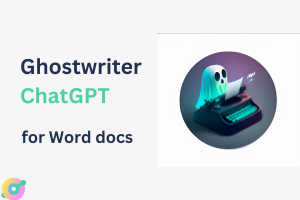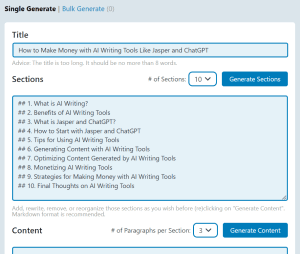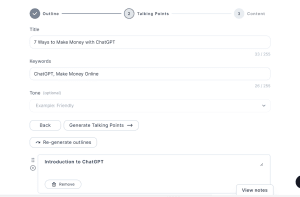The term open source in regards to language models means that the model’s code and training data are made publicly available, allowing anyone to use and modify it as they wish.
It’s a pretty neat concept because it helps people learn from and improve upon existing models.
Some good examples of open-source language models include:
Llama inference code, which was developed by Meta.
Open-source LLMs are becoming increasingly popular due to several advantages they offer over proprietary models:
- Transparency and reproducibility: Open-source LLMs allow for greater transparency and reproducibility of research results. Researchers can easily inspect the model’s architecture, training data, and decision-making processes, enabling them to verify and validate the model’s performance.
- Community collaboration and improvement: Open-source LLMs foster collaboration among researchers and developers, leading to faster innovation and improvements. Developers can contribute to the model’s development by fixing bugs, adding new features, and adapting it to specific tasks or domains.
- Accessibility and cost-effectiveness: Open-source LLMs are typically more accessible and cost-effective than proprietary models such as OpenAI’s GPT-4 and GPT-5. Researchers and developers can use them without licensing fees or restrictions, reducing the barriers to entry in LLM research and development.
- Addressing bias and fairness: Open-source LLMs can facilitate the identification and mitigation of biases and fairness issues. By making the model’s training data and decision-making processes transparent, researchers and developers can analyze potential biases and work on addressing them.
Here are some examples of popular open-source LLMs:
- Bloom: Created by BigScience, a non-profit AI research organization, Bloom is a 176B parameter transformer model trained on a diverse dataset of text and code. It is known for its ability to generate different creative text formats, like poems, code, scripts, musical pieces, emails, letters, etc.
- GPT-NeoX: Developed by EleutherAI, GPT-NeoX is a 20B parameter decoder-only transformer model trained on the Pile dataset, a massive collection of text and code. It is known for its ability to generate human-quality text and translate languages.
- Vicuna: Developed by LMSYS, Vicuna is a family of LLMs ranging from 7B to 13B parameters. It is known for its high-quality text generation capabilities and ability to provide responses based on user prompts, making it useful for chatbots and content generation.
These examples demonstrate the growing popularity and diversity of open-source LLMs.
As the field of LLM research advances, we can expect to see even more innovative and powerful open-source models emerge, contributing to the democratization of AI and furthering our understanding of language and human communication.












